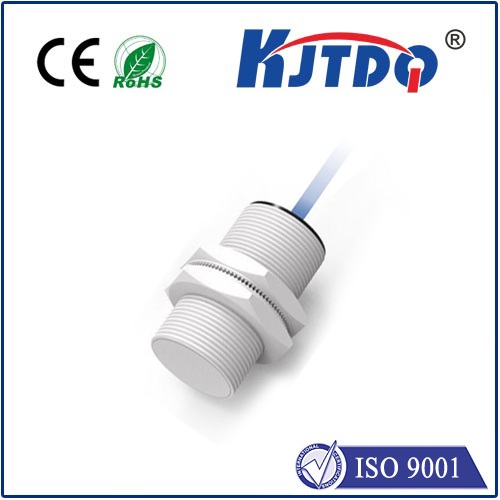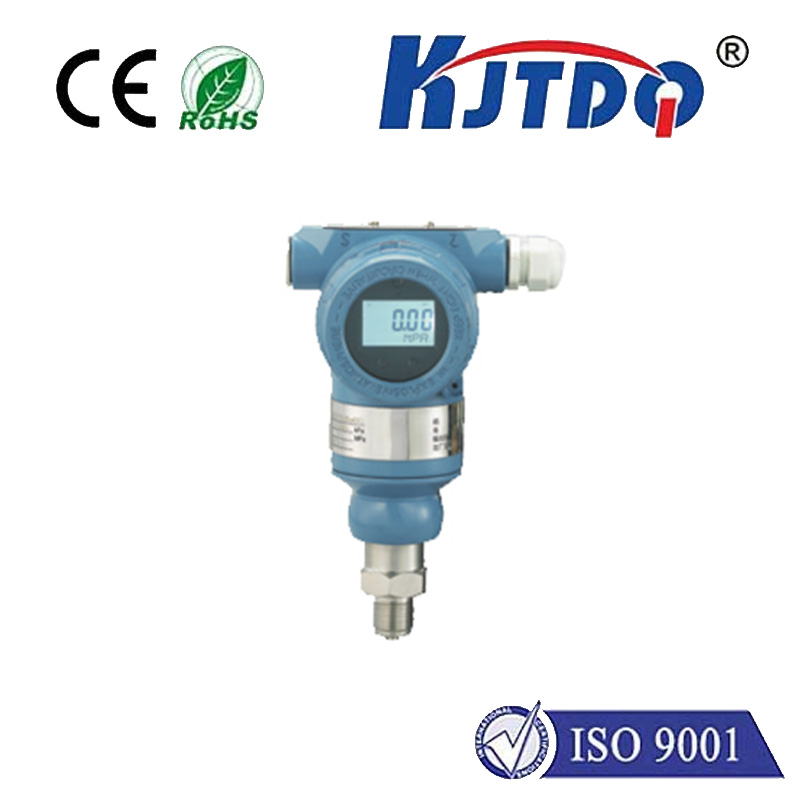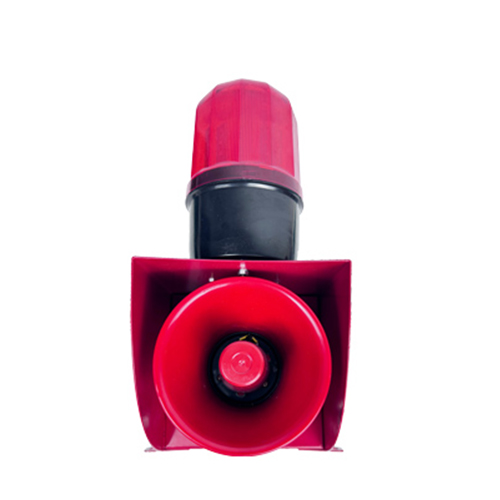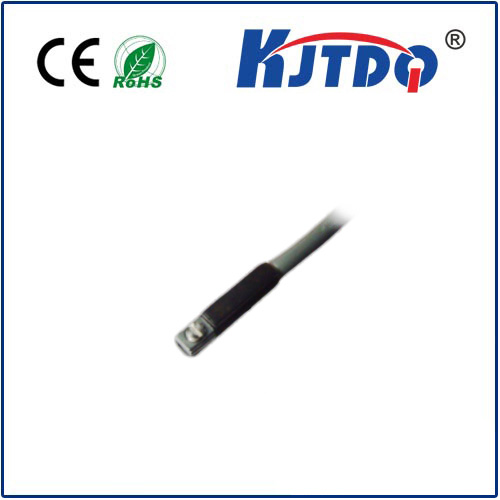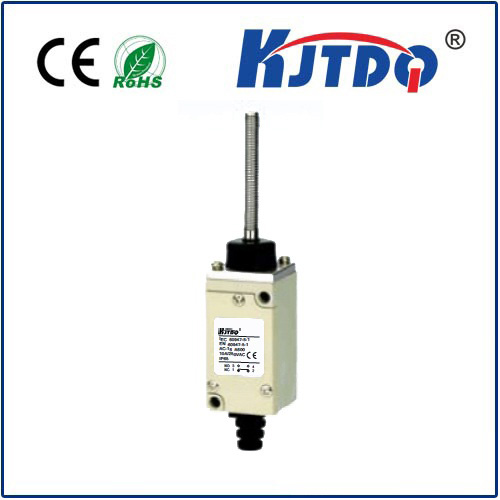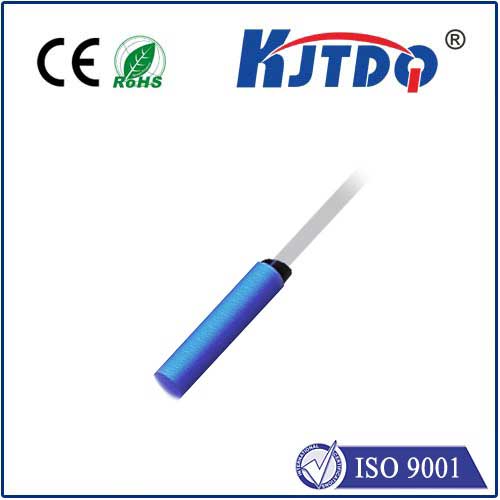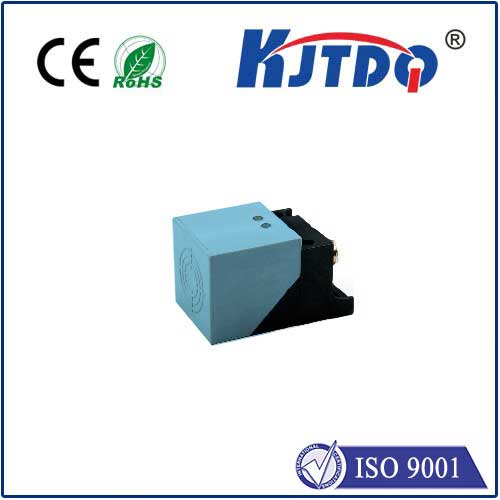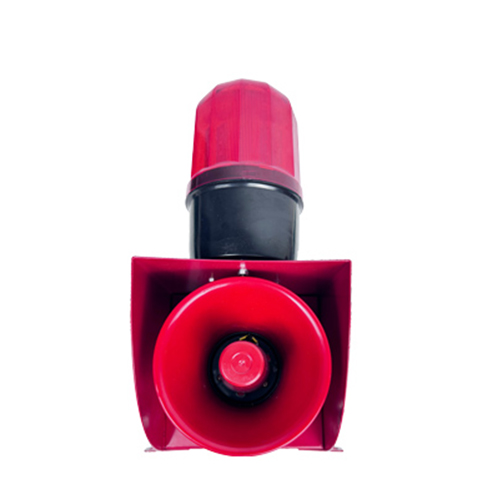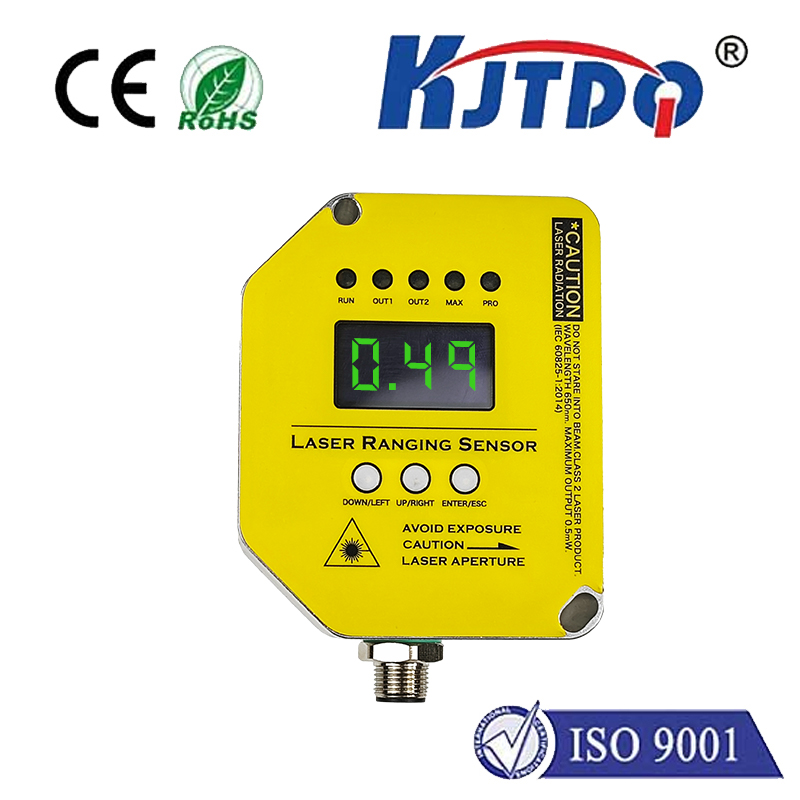

check

check

check

check

check

check

check

check

check

check
Title: The Essential Role of Limit Switches in Manufacturing
Limit switches are an integral component of modern manufacturing processes, playing a crucial role in the automation of machinery and equipment. These devices are designed to detect the presence or absence of an object, triggering a signal that can be used to control machines or alert operators to potential issues. In this article, we will explore the importance of limit switches in manufacturing and how they contribute to efficient and safe operations.

Firstly, limit switches serve as essential safety features in manufacturing environments. They are commonly used to prevent machinery from operating when access doors or guards are open, ensuring the safety of workers who may need to perform maintenance or adjustments on equipment. By detecting the position of these components, limit switches can halt machine operations until the door or guard is securely closed, reducing the risk of injury or damage.
Secondly, limit switches play a critical role in controlling machine movements and positions. In many manufacturing processes, precise control over the movement of machinery is necessary to produce high-quality products consistently. Limit switches can be used to set limits on the travel distance of moving parts, ensuring that they do not exceed predefined boundaries. This helps maintain product quality and prevents damage to machinery caused by excessive movement.
Thirdly, limit switches contribute to increased efficiency in manufacturing operations. By automating certain aspects of machine control, limit switches can reduce the need for manual intervention and increase productivity. For example, they can be used to automatically stop conveyor belts when products reach the end of the line or to trigger the start of a new production cycle when raw materials are loaded into a machine. These applications save time and reduce the potential for human error, leading to more consistent and reliable production outcomes.
Fourthly, limit switches provide valuable feedback to operators and maintenance personnel. When a limit switch is triggered, it sends a signal that can be used to monitor machine performance and diagnose issues proactively. This data can help identify problems before they escalate into more significant issues, allowing for timely repairs and minimizing downtime. Additionally, limit switches can be integrated with other sensors and control systems to create comprehensive monitoring solutions that enhance overall plant efficiency.
In conclusion, limit switches are an essential component of modern manufacturing processes, providing critical safety features, precise control over machine movements, increased efficiency, and valuable feedback for operators and maintenance personnel. As manufacturers continue to seek ways to streamline operations and improve product quality, limit switches will remain a vital tool in their pursuit of excellence.
